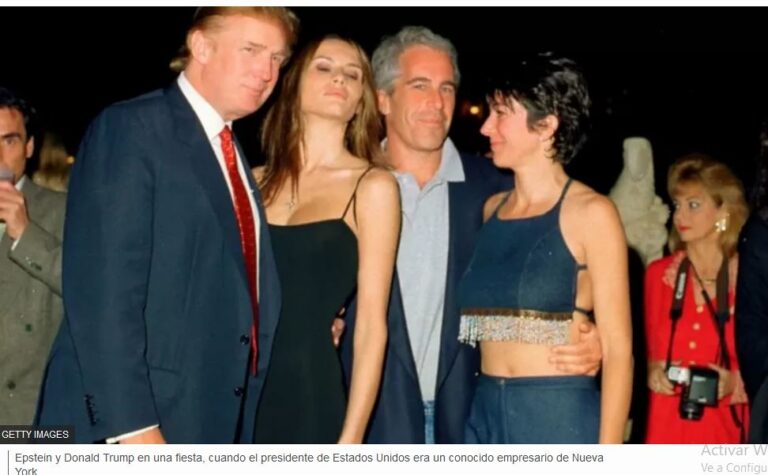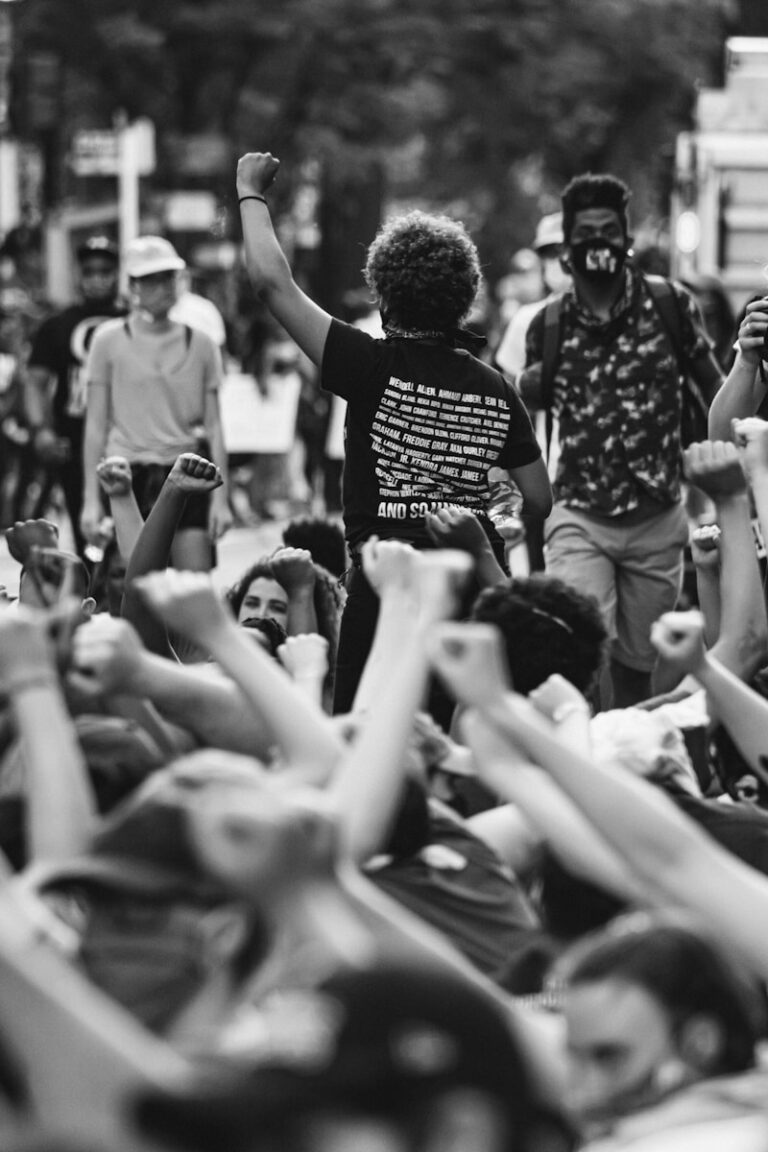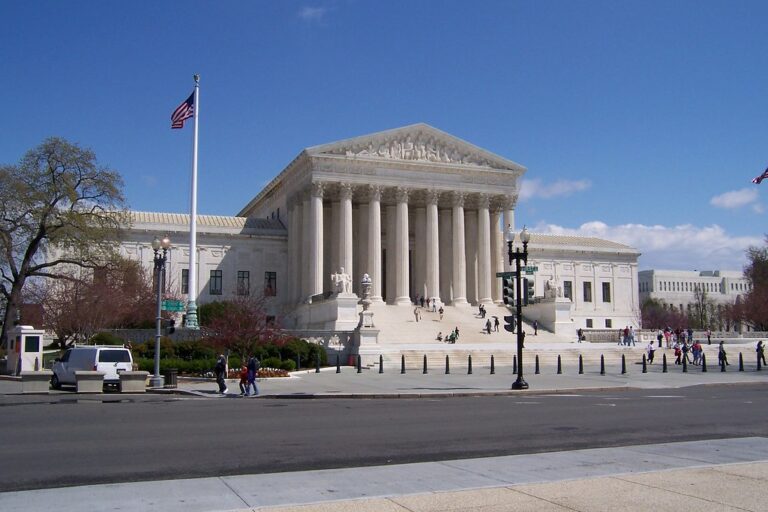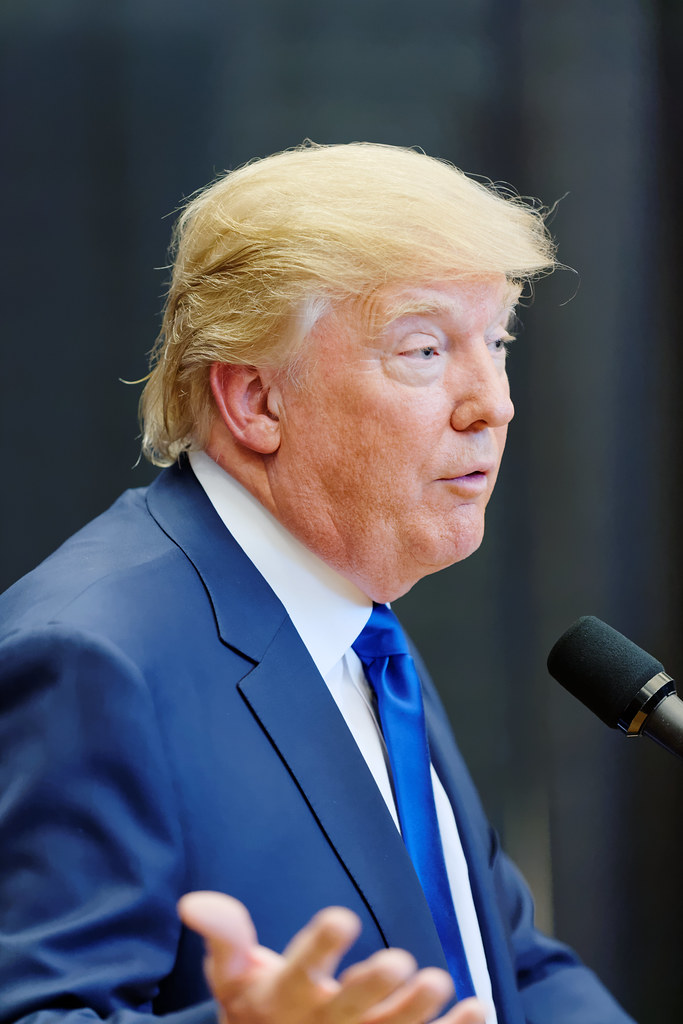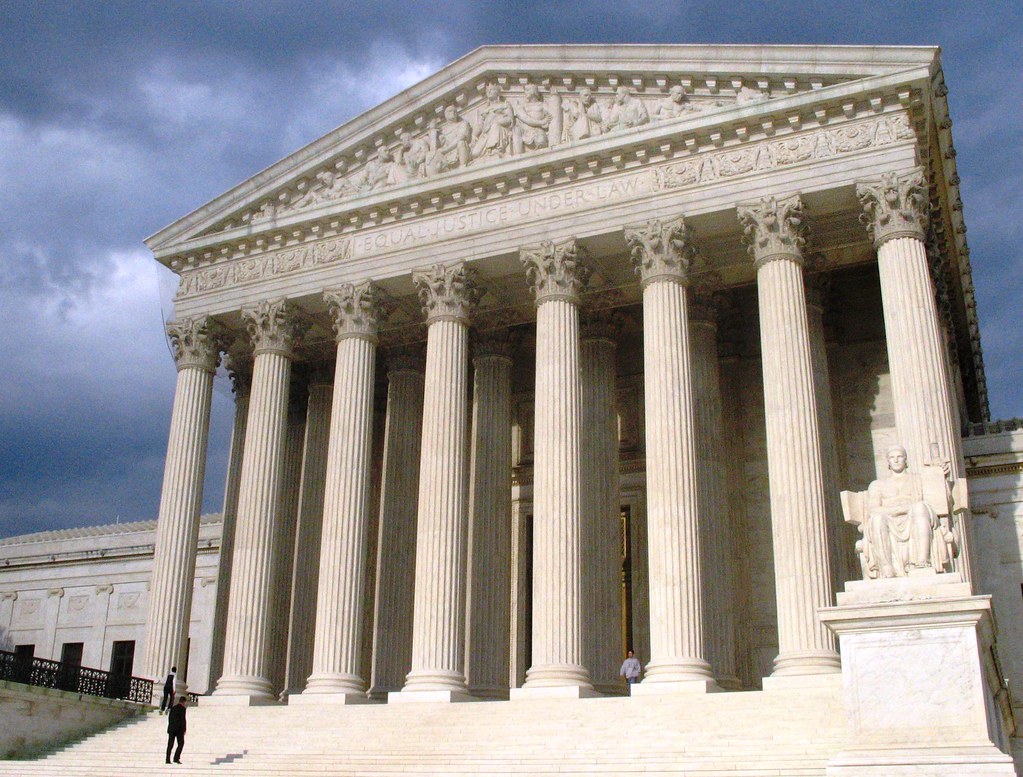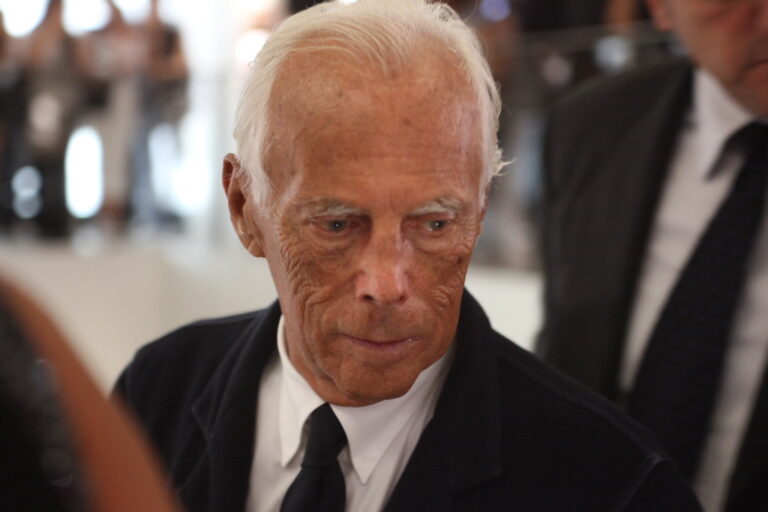Key Takeaways
• The Justice Department is slowly sharing files on Jeffrey Epstein’s case.
• The Epstein black book lists hundreds of names and contact details.
• Ivanka Trump and her late mother, Ivana, appear in the little black book.
• The “birthday book” shows Epstein’s focus on young women.
• Lawmakers will see uncensored names from the Epstein estate soon.
The scandal around Jeffrey Epstein keeps growing. Federal investigators have piles of documents. However, they release only small bits to Congress. Still, those bits pack power. Now, a “little black book” has surfaced. It lists hundreds of names and addresses. Shockingly, it includes Ivanka Trump and Ivana Trump.
Diving into the Epstein black book
Epstein’s black book looks normal at first. It is a phone and address list. Yet, some names are circled. Others bear notes like “Massage” and cities like “Paris” or “Island.” This “little black book” belonged to Epstein’s estate. Investigators say it is not a client list. Instead, it is a personal contact guide. Even so, it raises questions.
Several notable people are circled. Attorney Alan Dershowitz appears. So does billionaire Les Wexner. More surprisingly, Trump family members are listed. The media buzz grew fast. People want to know why these names were included.
When the Justice Department gave files to the House Oversight Committee, they were mostly redacted. Once the estate hands over uncensored data, all names will show. This moment marks a steep turn in the inquiry. It may reshape political debates.
Political shockwaves
So far, investigators have trickled out micro-fragments of data. Yet, little new evidence emerged. Now, the full “little black book” may change that. As names pop up, political figures will face fresh scrutiny.
Lawmakers prepare to hold hearings on the data. They expect unfiltered documents from the estate. All names will be visible. This could spark public debates and calls for more action. Moreover, it could shift the balance in upcoming campaigns.
However, NBC News warns the estate will not hand over extra files. This means what arrives on Wednesday may be the last batch. For many, that is not enough. They want every detail on Epstein’s network.
Inside the birthday book
In addition to the black book, a “birthday book” has emerged. It is a small notebook Epstein used to record messages from friends. Many notes reference his obsession with young women. Some entries are innocent greetings. Others hint at darker interests.
Investigators believe the birthday book offers insight into Epstein’s mindset. It shows how he viewed his social circle. Like the black book, it names people close to Epstein. Yet, it also reveals how he celebrated his birthday. Some entries are playful. Others suggest questionable contacts.
Together, the little black book and birthday book paint a fuller picture. They show Epstein was organized and strategic. He kept careful notes on every connection. Now, those notes may expose powerful individuals.
The Trump women in the black book
Perhaps the most shocking names are Ivana and Ivanka Trump. Both are listed in the little black book. Legal analysts confirmed their names on TV. However, the notes do not show any specific wrongdoing by them. They may have appeared on the list due to social ties.
Ivana Trump, Donald Trump’s first wife, passed away recently. Her listing puzzles many. Why did Epstein include her? Did they ever meet? Or was she added by mistake? Similarly, Ivanka’s presence raises eyebrows. Yet no evidence links her to Epstein’s crimes.
Still, seeing their names sparks controversy. Opponents will use the info to challenge Trump. Supporters will demand proof of wrongdoing. As the media churns, both women face unwanted attention.
Looking ahead
On Wednesday, members of the House Oversight Committee will review the estate’s files. All pages will be uncensored. They will see the full Epstein black book. This wholesale release may fill in blanks.
Expect heated hearings soon. Lawmakers will question officials on why the DOJ delayed the files. They may summon witnesses linked to Epstein. Amid the clash, the focus stays on accountability.
Furthermore, public pressure may force more disclosures. Activists demand all records on Epstein’s network. They believe the little black book only scratches the surface. Behind each name could lie unseen evidence.
Nevertheless, the estate’s limit on documents casts doubt. Will investigators ever get the full archive? For many, that question remains unanswered. Without more material, the little black book may be the last glimpse.
Despite uncertainty, the revelations already spark debate. People wonder how Epstein built his circle. They question which powerful figures remain hidden. As more names emerge, the fallout will grow.
The Epstein black book is now at the heart of a major political storm. No one knows all its secrets. But soon, lawmakers and the public will see more than ever before. Until then, every name carries weight.
Frequently Asked Questions
What is the little black book?
It is a notebook of contact details and notes belonging to Jeffrey Epstein. It lists names, phone numbers, addresses, and brief comments.
Why do Ivana and Ivanka Trump appear in the black book?
Their names appear among hundreds of contacts. Their presence does not prove illegal activity. Investigators say it likely shows social connections.
What is the birthday book?
It is a separate notebook where Epstein tracked birthday messages. It includes notes from friends and hints at his interest in young women.
Will more documents come out after Wednesday?
Sources say the estate won’t hand over additional files. However, public and legal pressure may push for further releases.

